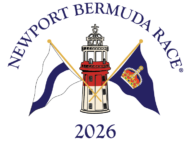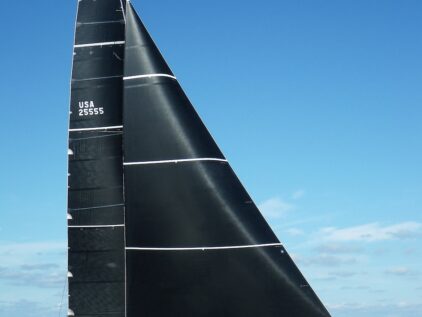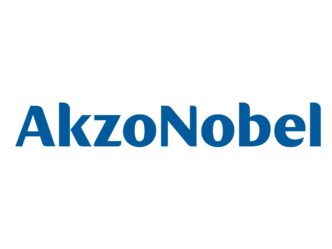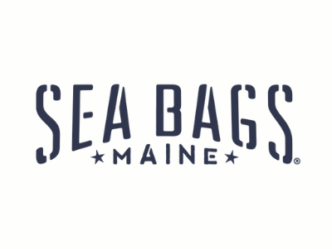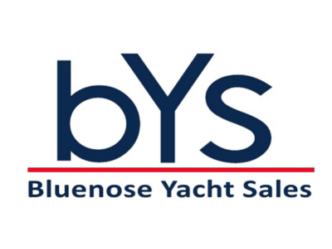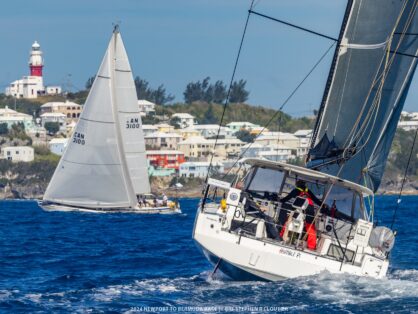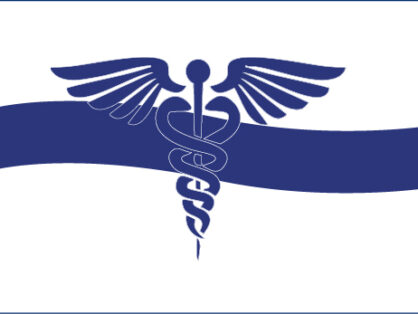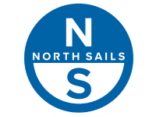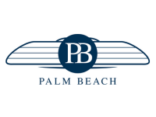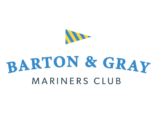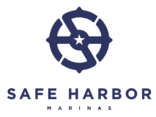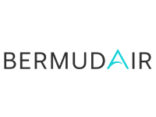The Offshore Racing Association (ORA) has introduced Large Roach Headsails (LRH) into the 2018 Offshore Racing Rule (ORR), which will allow their use in most divisions in the Newport Bermuda Race (see NOR). Here's the explanation from ORA Technical Director, Jim Teeters.
Large Roach Headsails reside in the “no-man’s” land between headsails (genoas/jibs) and spinnakers that were previously not allowed in ORR racing. After several years of consultation with sailors and representatives of the marine industry, the ORR committee has developed a methodology to measure and fairly rate these sails.
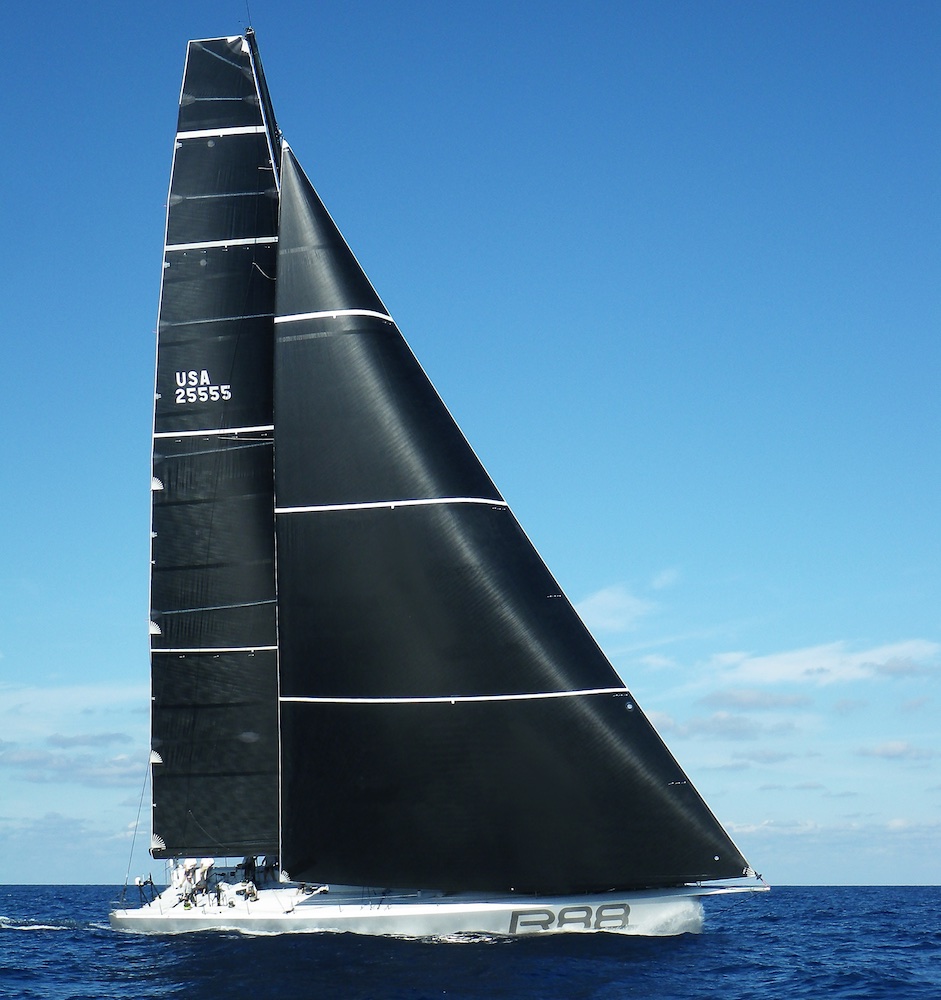
There are a number of boats that will find this sail fills a gap in their sail inventory. One example is a boat with a fractional rig whose largest headsail is non-overlapping. For tight to beam reaching, especially in light air, there is no sail on board that would provide optimal performance.
There are also a number of boats for which the LRH has virtually no attraction. A boat rigged with a masthead overlapping headsail already has in her inventory a sail or sails that achieve much of what an LRH does.
Included in this report are presentations of the effects of LRH's on typical ratings for a small sample of boats. This illustrates how different boats are affected differently and why it is necessary for the ORR VPP to be able to correctly assess the impact of LRH sails on any specific boats.
What is a Large Roach Headsail or “Tweener” sail?
Large Roach Headsails or “Tweener” sails are sails that have an LPG greater than 1.1 x J of the LRH and a half width of more than 50% but less than 75% of the foot when measured as a spinnaker. These sails are officially called “Large Roach Headsails” by ORR.
How is an LRH sail measured?
The sails are measured both as a headsail and as a spinnaker. ORR collects measurement data for the sails to properly place them along the spectrum of headsails using the ratio of half width to foot. For example, a 55% ratio sail should perform more like a headsail than a spinnaker. The reverse would be true for a sail with a 70% ratio; it would perform more like a spinnaker. The following diagram illustrates what an LRH might look like along with the measurements. Note that “I” and “J” values shall be measured specific to how the LRH is flown.
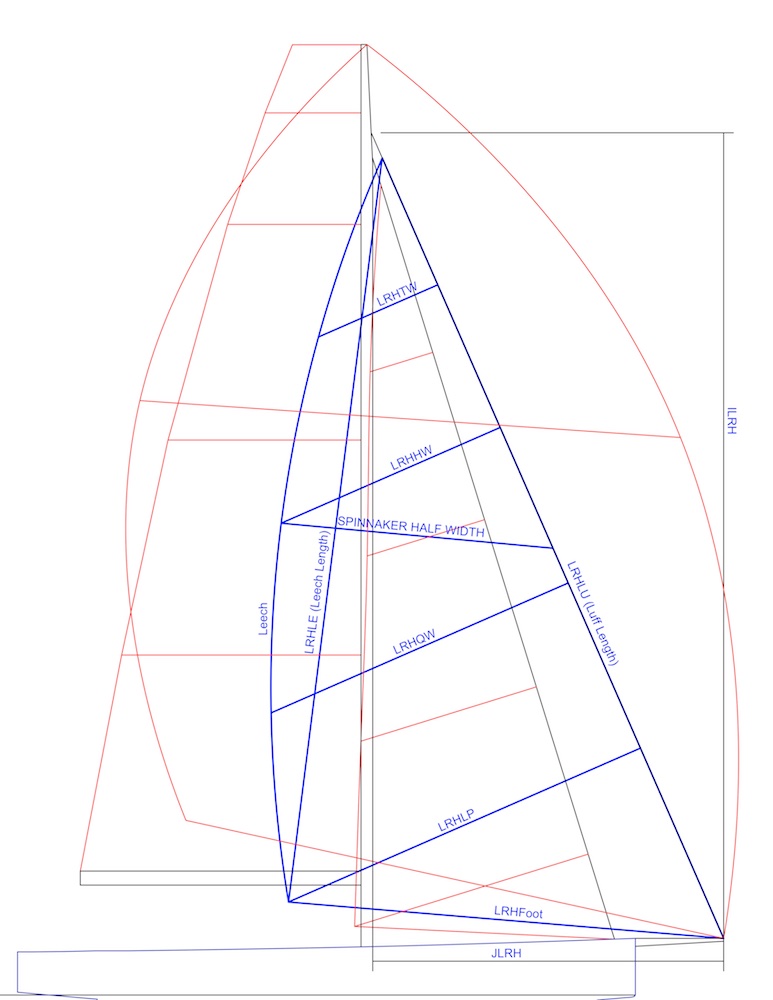
How many LRH sails can I have on board?
One of these types of sails will be allowed for racing in 2018 and included as part of the headsail inventory. Below is the ORR rule book sail limitation table:
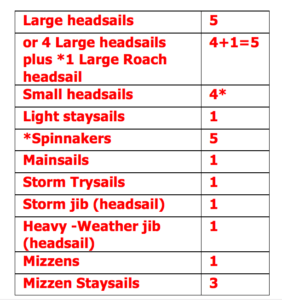
Are there restrictions on how LRH sails are flown?
Again, there can be only one on board. When flying, it must be tacked on centerline. It cannot be flown inside of another sail (e.g. a headsail or spinnaker).
What is the impact on my ORR or ORR-ez rating if I carry a Large Roach Headsail?
The ORR VPP predicts the boat speed with Main and LRH at all wind angles and wind speeds. In the sample below, the pink curve shows a 62.5% LRH on a fractional-rigged, non-overlapping-headsail boat.
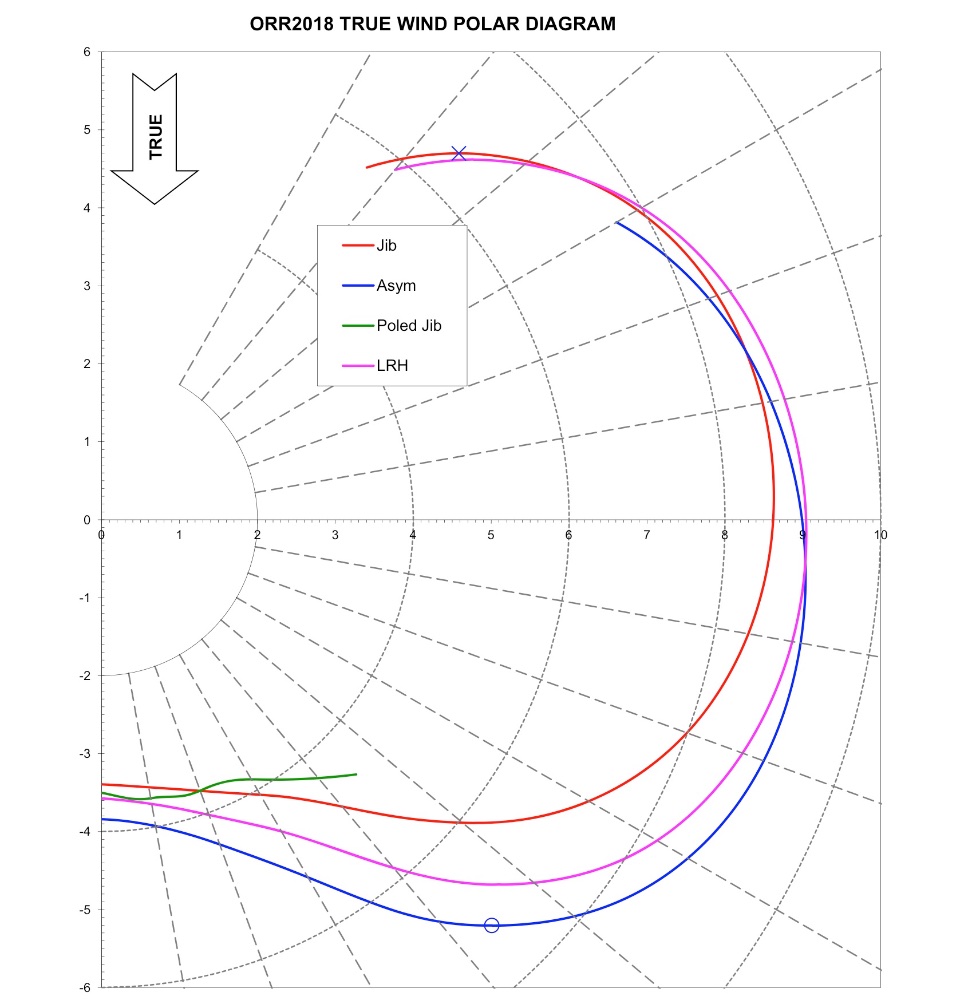
In this sample the LRH provides the fastest solution between 65 and 90 degrees true wind angle. Any rating that included sailing at those angles and in this wind speed would be affected. In this case, the windward-leeward rating is unchanged because the optimum upwind and downwind VMGs come from the headsail and spinnaker curves.
The impact will be different for different kinds of boats. And it will vary with the size of the LRH as well as the ratio of half width to foot. In the above example, if the LRH were shaped to have a 55% ratio with the same sail area you could expect it to behave more like a headsail and be the fastest solution upwind in light air. In that case, the windward-leeward rating would change.
The following table gives the results for several different boats using a 62.5% LRH:
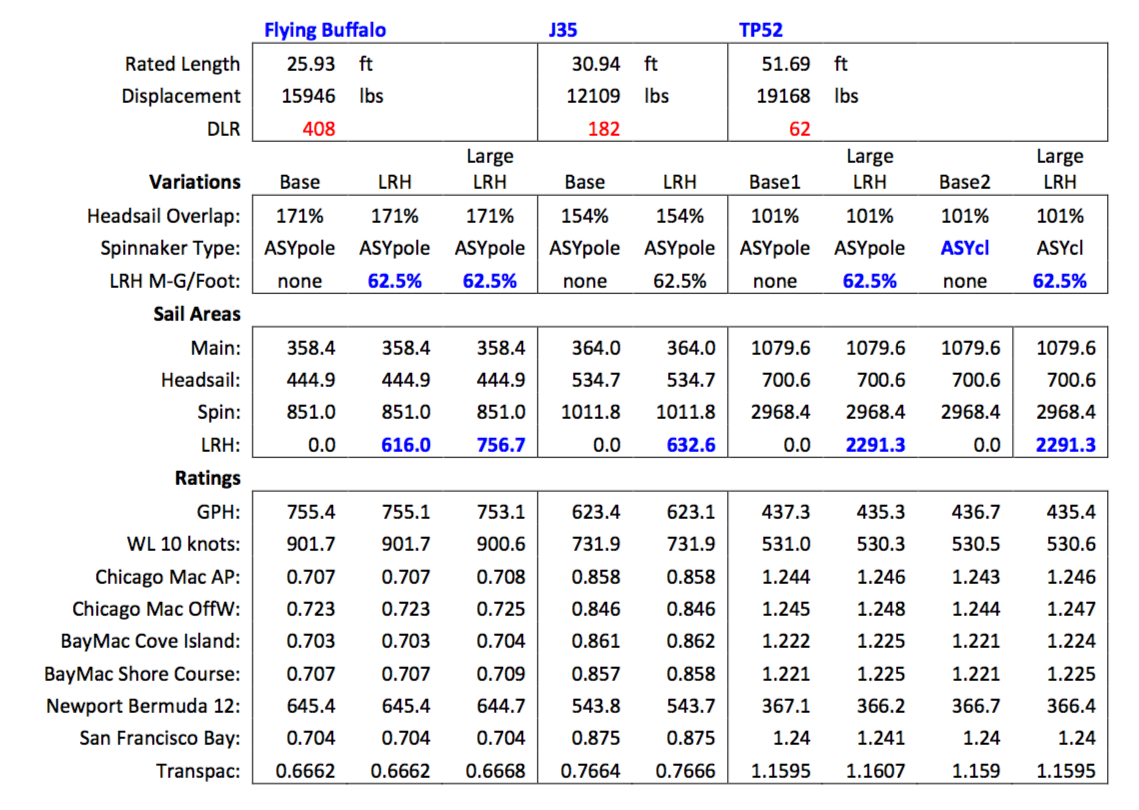
Again, this is just a sampling of plausible LRH effects on boats racing in ORR.
For more information or to request trial certificates for your boat:
Offshore Racing Association: [email protected]
US Sailing’s Offshore Office: [email protected]
